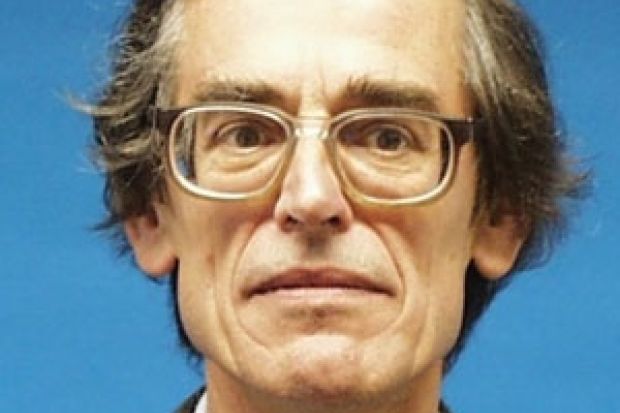One of the most highly cited engineers in Scotland, Chris Wilkinson was an internationally recognised figure in the field of nanotechnology and on first-name terms with leading figures in research and industry centres worldwide.
Professor Wilkinson's early work involved studying the interaction of light and sound and the ways in which light waves could be guided.
He was pivotal in the development of many miniaturisation techniques including dry-etch and electron-beam lithography, and introduced the latter to the University of Glasgow while he was working in the institution's department of electronics and electrical engineering.
Professor Wilkinson studied physics at the University of Oxford and went on to pursue a doctorate in applied physics at Stanford University.
He spent two years at the English Electric Valve Company (now e2v) before joining Glasgow, and by 1987 he had been elected a fellow of the Royal Society of Edinburgh. Five years later he was named Glasgow's James Watt professor of electrical engineering.
Adam Curtis, emeritus professor of cell biology at the university, said Professor Wilkinson had "a real enthusiasm for biology, which is rather rare in those who started life as engineers", and could "talk to both groups with understanding, perception and enthusiasm and fruitful ideas".
Professor Curtis first met Professor Wilkinson over their shared interests in interference microscopy, but not long after they realised that they were also close neighbours on a plot of allotments near the university.
"This led to discussions about cultivation and, when we were too tired from digging, [it led] to discussions about science," Professor Curtis recalls.
In 1997, the two men established the Centre for Cell Engineering at Glasgow and both remained highly active in the institution past their official retirements.
Professor Wilkinson took great interest in the technicians and early career researchers at the university, involving himself in their progression and development.
Douglas Macintyre, operations manager in the School of Engineering, said: "Chris will be remembered for his leadership into new areas of research, his clear thinking and, at times, his father-like guidance of students and staff."
He added: "Chris was passionate about everything he did and it was clear his family were very important to him."
After his first grandchild was born with a chromosomal disorder, he helped to found the Chromosome 18 Registry and Research Society Europe. He was founding convener until his recent retirement from the post owing to ill health.
Professor Wilkinson died on 23 February and is survived by his wife Judy, his three children Rona, Kit and Maggie, and four grandchildren.
